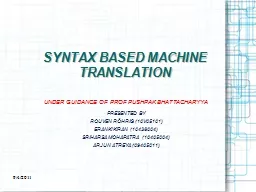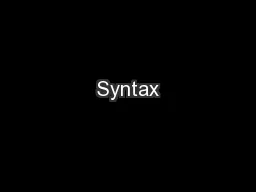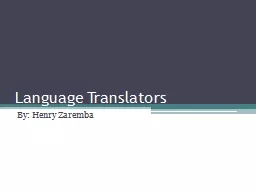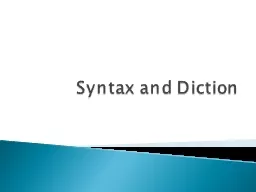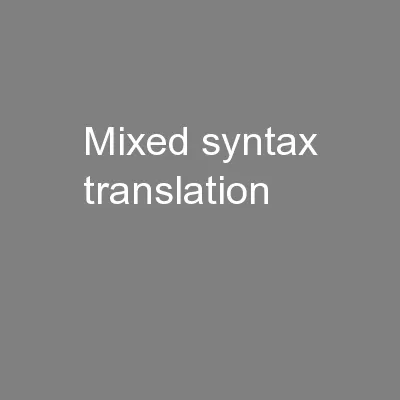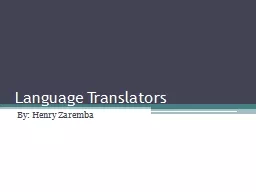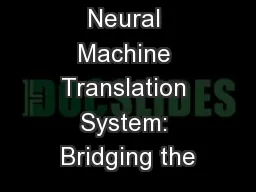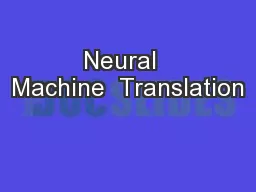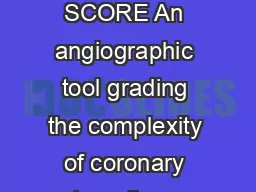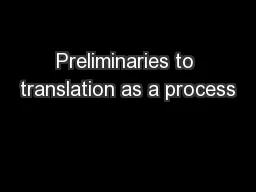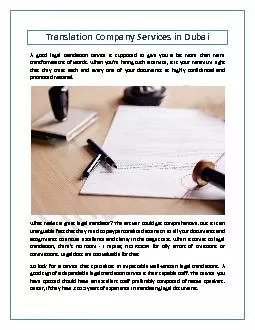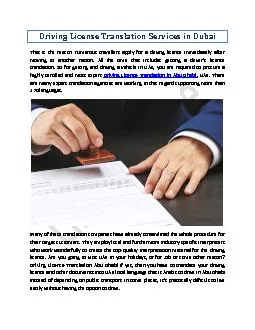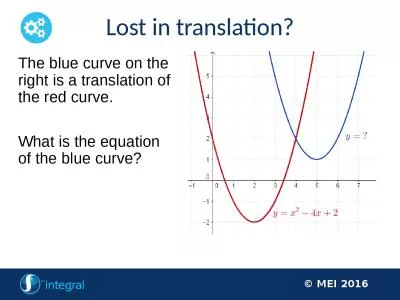PPT-SYNTAX BASED MACHINE TRANSLATION
Author : karlyn-bohler | Published Date : 2019-11-09
SYNTAX BASED MACHINE TRANSLATION UNDER GUIDANCE OF PROF PUSHPAK BHATTACHARYYA PRESENTED BY ROUVEN R Ӧ HRIG 10V05101 ERANKI KIRAN 10438004 SRIHARSA MOHAPATRA 10405004
Presentation Embed Code
Download Presentation
Download Presentation The PPT/PDF document "SYNTAX BASED MACHINE TRANSLATION" is the property of its rightful owner. Permission is granted to download and print the materials on this website for personal, non-commercial use only, and to display it on your personal computer provided you do not modify the materials and that you retain all copyright notices contained in the materials. By downloading content from our website, you accept the terms of this agreement.
SYNTAX BASED MACHINE TRANSLATION: Transcript
Download Rules Of Document
"SYNTAX BASED MACHINE TRANSLATION"The content belongs to its owner. You may download and print it for personal use, without modification, and keep all copyright notices. By downloading, you agree to these terms.
Related Documents

